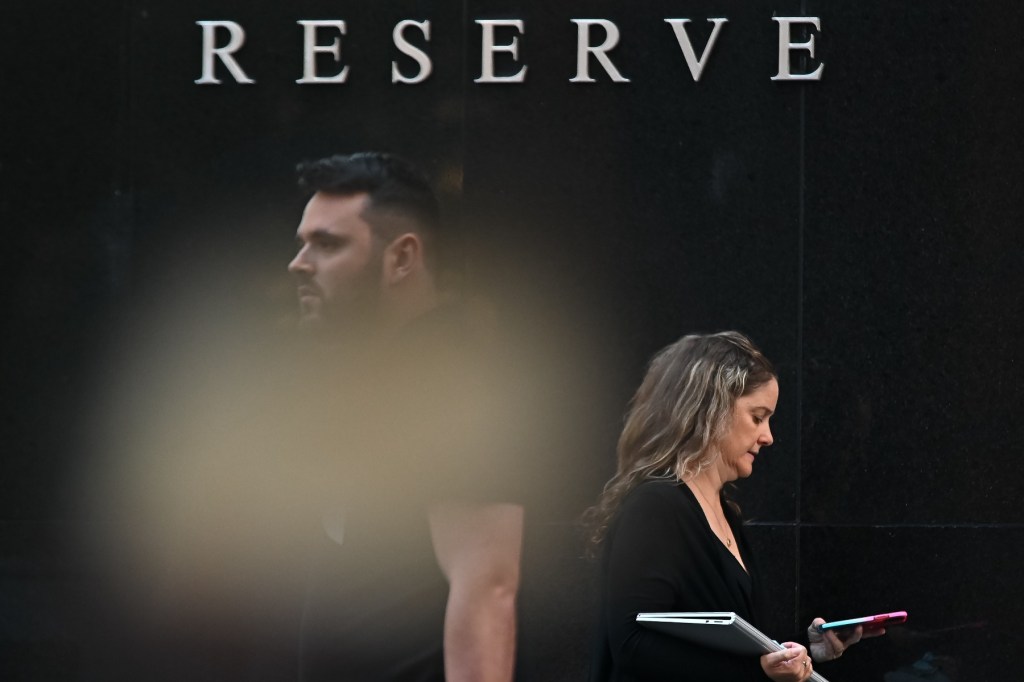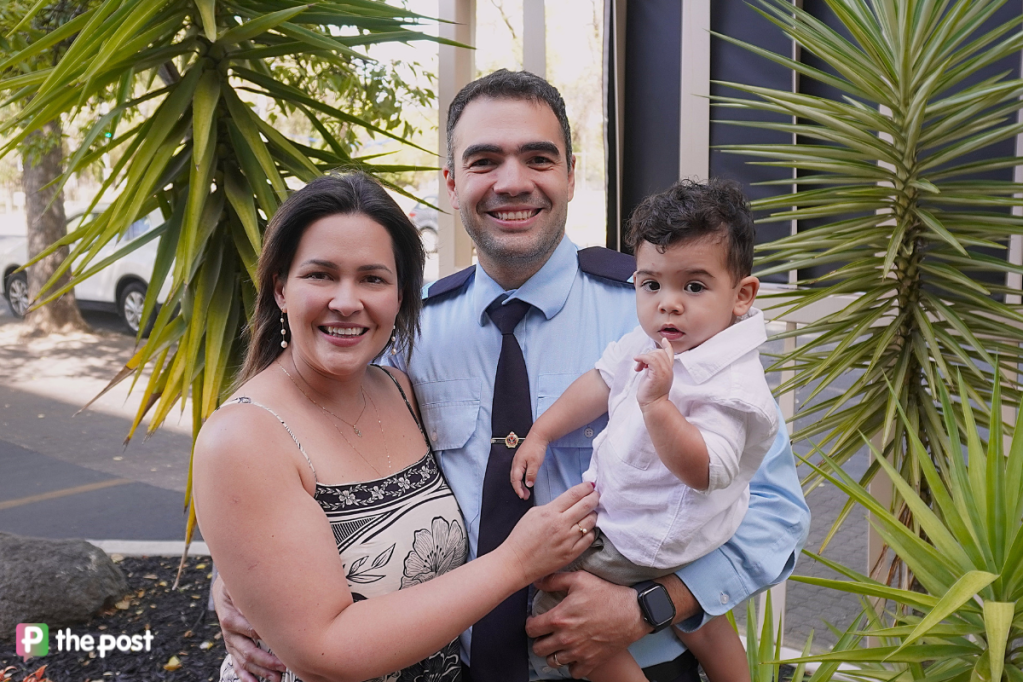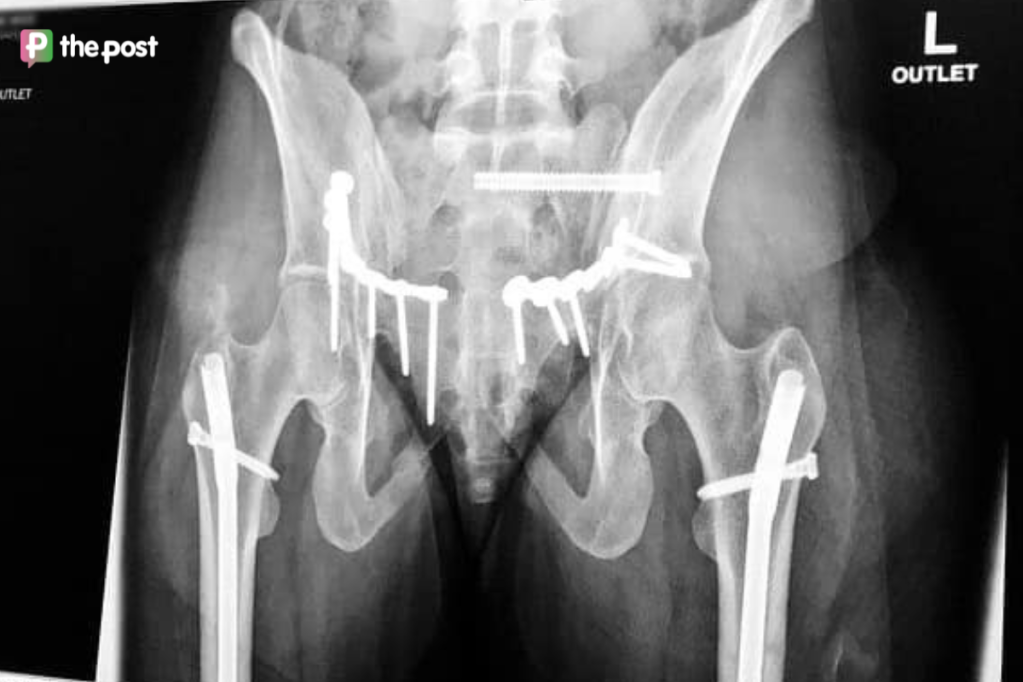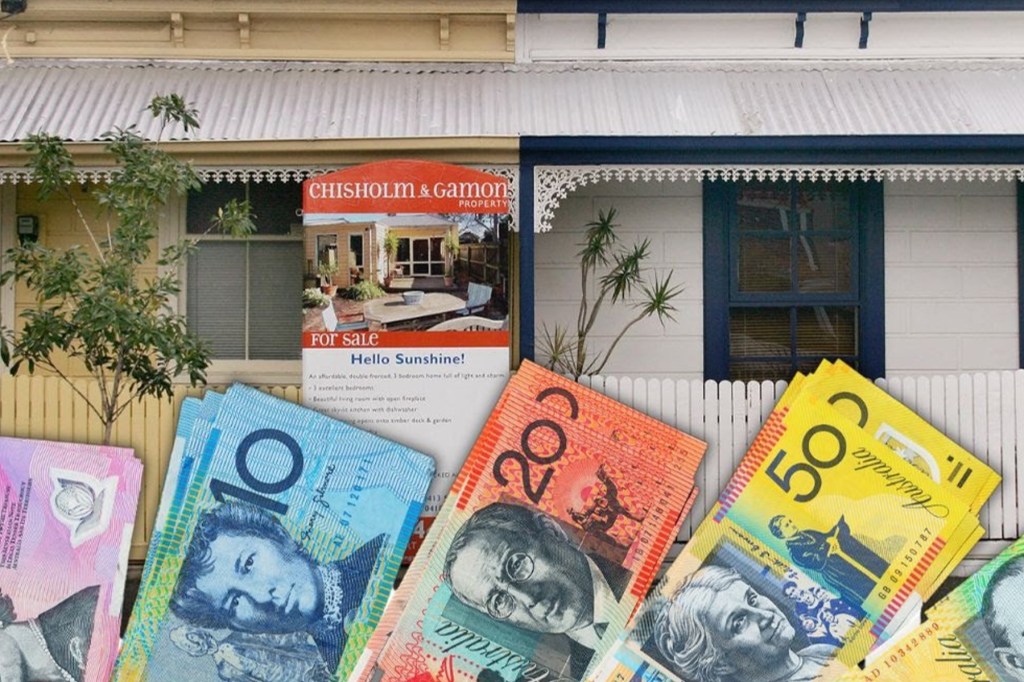Economists less confident of a RBA rate cut than the share market
Economists say there is unlikely to be a major reduction in mortgage rates this year, even if the Reserve Bank board delivers a widely-tipped cut on Tuesday.

As the Reserve Bank board enters its most anticipated rates conclave since November 2023, mortgage holders are hoping to see an interest cut when the policy smoke billows from Martin Place.
But even though the money markets and a majority of economists are predicting a first cut in more than four years on Tuesday, borrowers are being warned not to expect major relief this year.
In an AAP survey of 32 Australian economists, 25 predicted the RBA to cut its cash rate target by 25 basis points, including independent economist Saul Eslake.
But Eslake said the RBA was unlikely to cut rates by as much as its peers, including central banks in Canada, NZ, the UK and the US, which have already begun their easing cycles in earnest.
“That’s mainly because it didn’t put them up by as much as those peers did, but also because fiscal policy is turning stimulatory in Australia,” he said.
You might like
Australia’s peak cash rate of 4.35 per cent is significantly lower than the 5.5 per cent it reached in the US and 5.25 per cent in the UK, while the federal government is staring down the barrel of a decade of budget deficits following two consecutive surpluses.
Ongoing strength in the Australian economy (compared to Canada and NZ where high unemployment and recession are more pressing concerns) and the potential for Donald Trump’s trade policies to spur global inflation again also made cuts less urgent, Eslake said.
Most economists predict a “shallow” easing cycle.
Scott Solomon, co-portfolio manager of T. Rowe Price Dynamic Global Bond Strategy, expects the RBA – which began its two-day meeting at its Sydney HQ on Monday – to be “extremely balanced” in its forward guidance.
Stay informed, daily
He predicts the board’s post-meeting statement will warn the market not to expect a quick or extensive cutting cycle.
JP Morgan chief economist Ben Jarman said that because the board structure changes before the next meeting at the end of March, the current committee would not want to tie the future board’s hands with explicit guidance.
While the path forward remains unclear, markets are pricing in just three 25bp cuts before the end of the year, higher than ANZ’s prediction of two cuts.
Even if banks pass the rate cut on in full, mortgage holders are still likely to experience rates above five per cent for the foreseeable future, with the average variable mortgage rate currently at 6.51 per cent.
The Property Council of Australia called for the government to cap interest rates for first homebuyers purchasing a new build, by offering a guarantee for lenders.
“With cost-of-living pressures and housing affordability consistently the two issues of most concern for Australians, the government can and should use its balance sheet to support first-home buyers and the delivery of new homes,” the council’s chief executive Mike Zorbas said.
Under the proposal, which would apply only to people planning to live in the property, first homebuyers could expect to save up to $1087 every month and $13,044 annually, Zorbas said.
“This policy requires zero up-front government spending and would be subject to appropriate credit checks and serviceability assessments, meaning future exposure will be minimal.”








